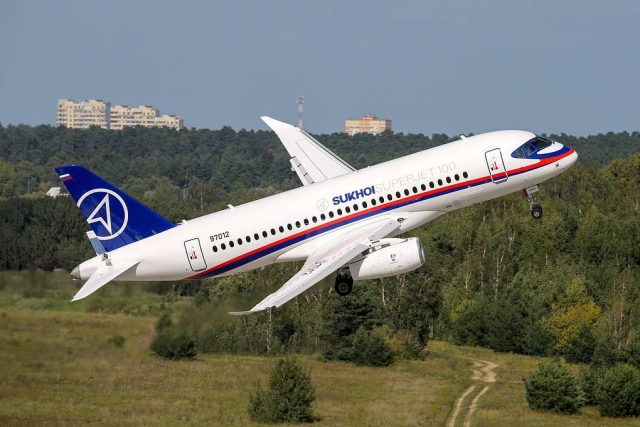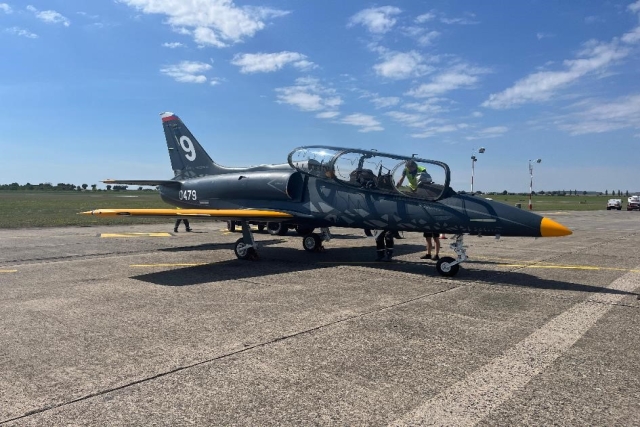Thales wins contract for helicopter simulator with Eurocopter
Thales today announced that it has been selected by Eurocopter to produce a second N3 Dauphin flight simulator for its Dauphin helicopter. This simulator will be operational from 2012 at Eurocopter’s South East Asia facility. The N3 Dauphin flight simulator has been designed to meet the training needs of Eurocopter and its civil and military customers in Southeast Asia, a market with promising growth potential for this sector. It will obtain “Flight Training Device (FTD) Level 3” and “Full Flight Simulator (FFS) Level B” approval under European and American EASA / JAA / FAA criteria, thereby providing training credits for initial training, as well as for initial and recurrent “type rating” training. The N3 Dauphin will also be used to provide training for more specific assignments, such as offshore operations, SAR (Search and Rescue) and EMS (Emergency Medical Services). The simulator will feature an electric cabin motion platform and a dome-mounted direct-projection visual system with wide field of view, combined with geospecific imagery from the ThalesView image generator. It will also feature a flight model with “rotor blade elements”, developed by Eurocopter on the basis on specific flight trials. Like the first N3 Dauphin simulator, delivered to Heli-Union, this project, conducted under a partnership agreement signed with Eurocopter in 2009, benefits from technological advances and the rationalised design concept of the new Reality simulator range, developed to meet the specific requirements of helicopter operators. “The launch of this second Dauphin simulator programme gives a further boost to our partnership with Eurocopter,” says Pierre Segretain, Managing Director of Thales’s simulation business in France. A leading position in simulation: no. 1 in Europe and no. 2 worldwide Thales serves the requirements of both military and civil markets. Simulation is a critical component of security in the air and land transport sectors, playing a key role, among other purposes, in the instruction and training of airline pilots and heavy goods vehicle drivers. In addition to training for the use of armoured vehicles, infantry weapons, helicopters and fast jets, military forces also rely on simulation systems for mission rehearsal. The business provides everything from computer-based training systems and full-flight simulators to complete, networked synthetic environments for simulating large-scale military operations.










